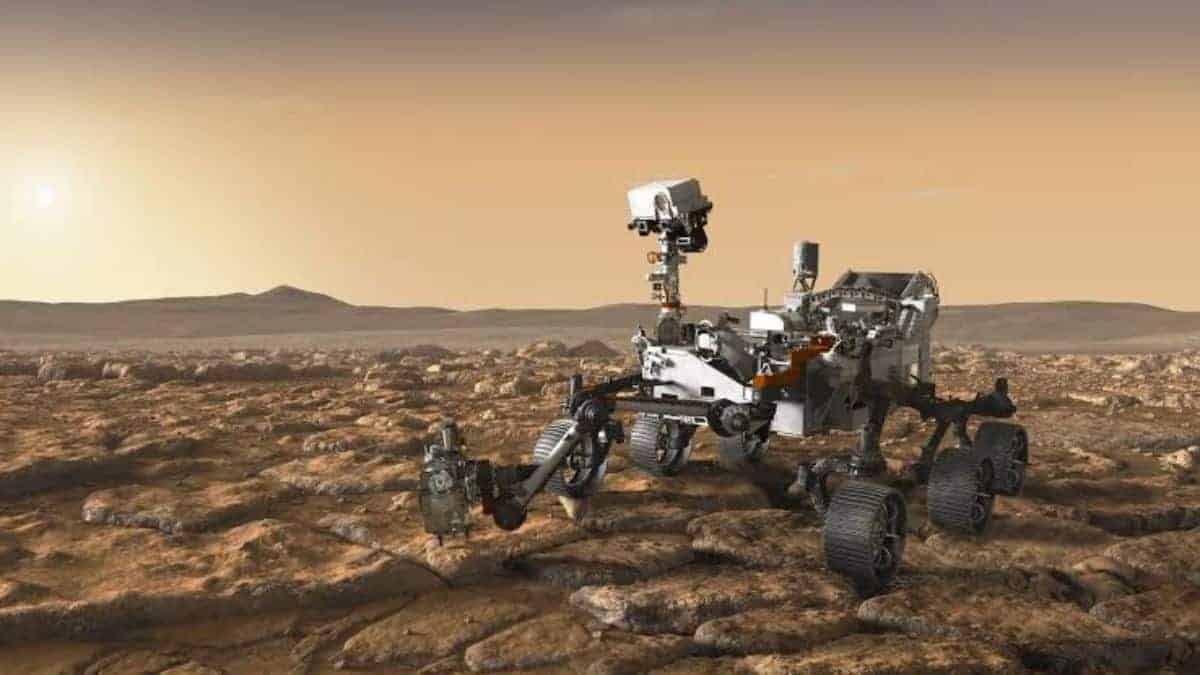Perseverance Rover Shares Latest Images of Our Red Neighbouring Planet

NASA’s Perseverance Rover has been exploring Mars since it successfully landed there on February 18. Since then, it has sent back some amazing pictures of our neighbouring planet. Among them is a collection of photographs that NASA unveiled last week and which depict Mars in exquisite detail.
Perseverance launched on an Atlas V-541 rocket from Launch Complex 41 at Cape Canaveral Air Force Station, Florida. Without its robotic arm, Perseverance is roughly 10 feet long, 9 feet broad, and 7 feet tall (about 3 metres long, 2.7 metres wide and 2.2 metres tall). At 2,260 lbs (1,025 kilograms). Another interesting fact is that Perseverance weighs less a compact car !
The Perseverance Rover isn’t simply studying the Red Planet, though. If all goes as planned, the life-hunting robot will also aid in the transfer of a small portion of Mars to Earth in about ten years. According to George Tahu, NASA’s Perseverance programme executive, Perseverance’s seven instruments “built on the success of MSL, which was a proving ground for new technology.” It will collect scientific data in ways that weren’t previously conceivable.
During the first research campaign, Rover discovered that the Igneous rock on Jezero Crater floor, which is created deep below from magma or as a consequence of volcanic activity on the surface, campaign. It is studying the river delta’s sedimentary rocks are now. These rocks were formed when the areas were originally covered in water and contained innumerable particles of various sizes, which eventually settled down, just like rocks on Earth. The rocks they had been examining on the delta have the highest amount of organic material. Because organic molecules are the building blocks of life, the discovery that organic material can be found in rocks that were deposited in a habitable environment, like a lake, is particularly noteworthy.


